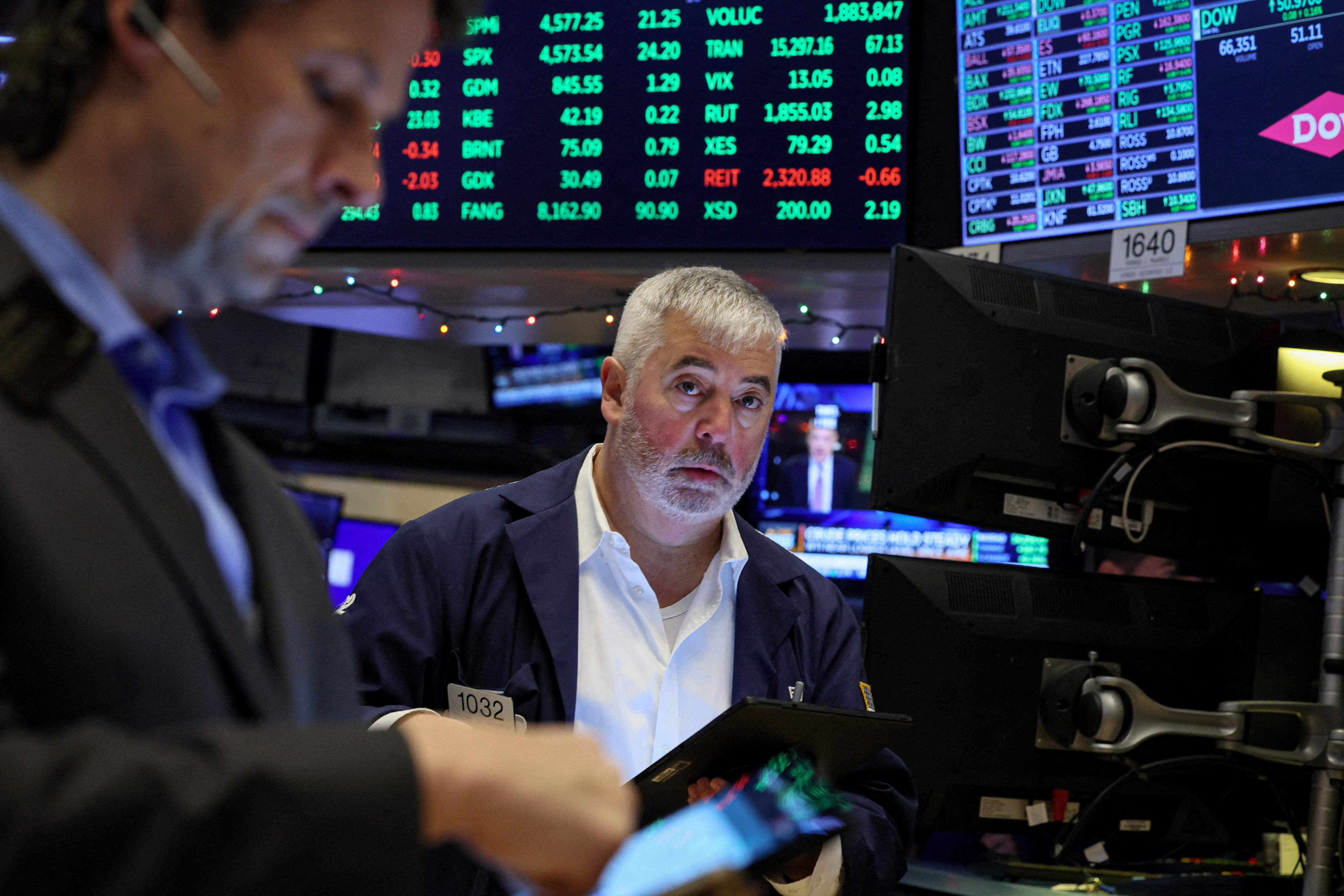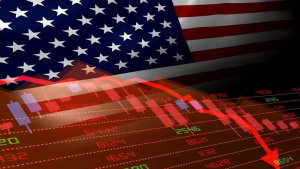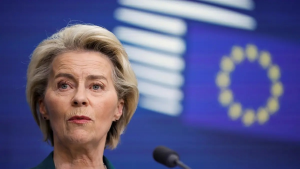It is that time of year when lists of quirky, semi-serious market forecasts of unpredictable "Black Swan" events and surprises are compiled, but perhaps the biggest tail risk for investors is reality itself.
Who would have said at the end of 2019 that a once-in-a-century global pandemic would hit the world the following year, kill millions of people, shut down the global economy and yet stocks would end the year 15% higher?
And who would have said oil prices would turn negative for the first time in history, with a barrel of Brent crude for a brief moment in April 2020 'costing' minus $37.00?
These are extreme events, but they happened. Are they any more outlandish than the surprises and outrageous predictions suggested by Saxo Bank, Standard Chartered and others?
Before COVID and pre-2008, during the 'Great Moderation' years of low inflation and macro volatility, investors might have looked at these wildcard scenarios more closely to get a better sense of the potential tail risks in the year ahead.
But reality has proven to be stranger than fiction, which blunts the shock value of these scenarios. The far-fetched calls are now no more extreme than what has actually happened, and the surprises that were at the more realistic end of the spectrum to begin with are even less surprising.
That said, many key consensus macro and market forecasts since the pandemic have turned out to be way off beam - in no particular order: the U.S. economy, the Federal Reserve, 'year of the bond', inflation, China, 'higher for longer' interest rates and most markets' and economies' ability to withstand them.










